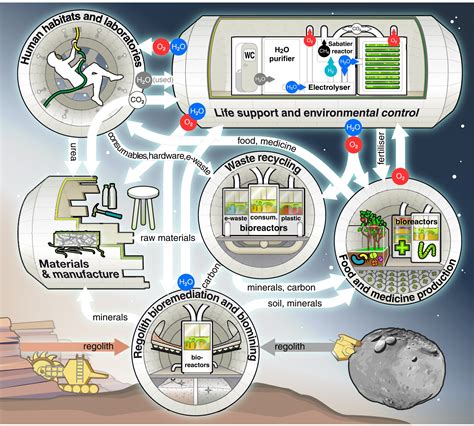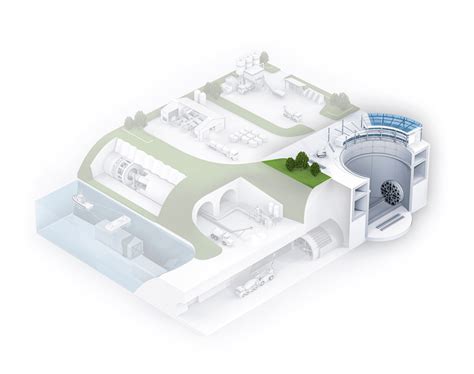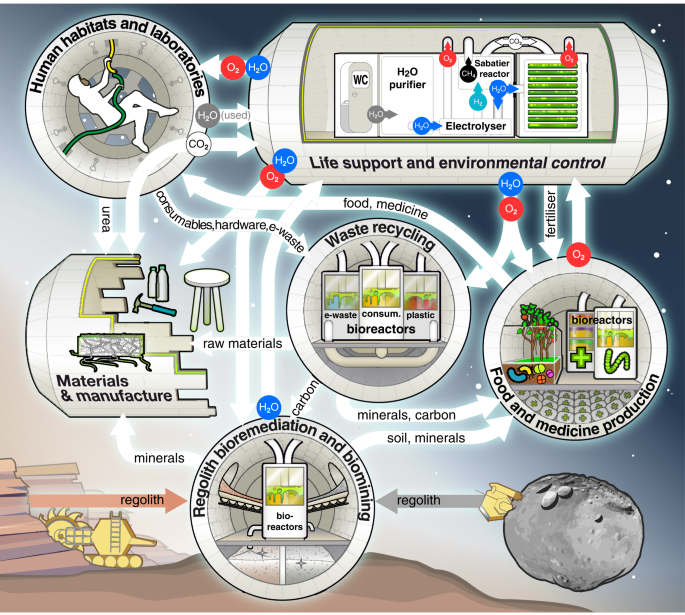Abstract art, with its rich history and profound influence, has continually evolved, pushing the boundaries of creativity and expression. From its early roots in the 20th century to the groundbreaking works of modern artists, abstract art has captivated audiences with its unique ability to convey emotion and meaning through non-representational forms. This article delves into the historical background of abstract art, highlights key artists and their contributions, and explores the innovative techniques and mediums shaping modern abstract art. We also examine the latest trends, the role of technology in this ever-changing field, and the impact of abstract art on contemporary culture and society.
inxos.xyz will lead an exploration of this topic in detail.
1. Historical Background of Abstract Art
Abstract art, born in the early 20th century, marked a departure from traditional representational art. Artists aimed to convey ideas and emotions through non-representational means, employing color, form, and line instead of depicting tangible objects. Pioneers such as Wassily Kandinsky, Kazimir Malevich, and Piet Mondrian were instrumental in shaping this art form, each bringing distinct viewpoints that laid the groundwork for its development.
Kandinsky, often acknowledged as the originator of purely abstract art, placed emphasis on the spiritual and emotional resonance of color in his works. Malevich, with his Suprematist movement, concentrated on fundamental geometric shapes, aiming to convey pure artistic sentiment rather than representing the physical world. In contrast, Mondrian’s artistic style, known as De Stijl, emphasized a disciplined use of horizontal and vertical lines combined with primary colors.
Pioneering experiments in the early 20th century paved the way for abstract art. This movement, which blossomed throughout the century, grew increasingly intricate and varied. Its influence extended across artistic styles, making it a defining force in modern art. Even today, abstract art serves as a potent medium for delving into the realms of human emotion and imagination.

2. Key Artists and Their Contributions
The evolution of abstract art is defined by the pioneering contributions of key artists who redefined the art world with their innovative approaches. Wassily Kandinsky, often hailed as the father of abstract art, believed that art should evoke emotion without relying on recognizable forms. His works, such as “Composition VII,” are celebrated for their use of vibrant colors and dynamic compositions, which convey a sense of spiritual depth.
Kazimir Malevich, a pivotal figure in the art world, pioneered Suprematism, a style defined by fundamental geometric forms and a restricted color range. His seminal work, “Black Square,” defied conventional artistic ideas by prioritizing pure emotion over representation, underscoring the significance of abstract shapes.
Piet Mondrian, through his De Stijl movement, redefined abstraction. This movement aimed to find harmony using horizontal and vertical lines in combination with primary colors. Works like “Composition with Red, Blue, and Yellow” exemplify his pursuit of universal beauty and order.
These artists, alongside others such as Paul Klee and Joan Miró, established the groundwork for abstract art. Their revolutionary approach to creativity expanded the limits of artistic expression, forging new pathways that continue to shape modern art in the present day.

3. Techniques and Mediums Used in Modern Abstract Art
Contemporary abstract art has seen a substantial growth in its techniques and mediums, empowering artists to express their creativity through ever more inventive approaches. While traditional methods like oil and acrylic painting on canvas continue to hold their appeal, a vast number of artists now explore a diverse array of materials and tools to create distinct artistic expressions.
A technique that has risen in popularity is mixed media, where artists combine diverse materials such as paper, fabric, metal, and found objects. This method yields textured, multidimensional works, fostering a rich interplay of colors and forms that adds depth and complexity to abstract compositions.
Digital tools have emerged as a powerful technique for creating abstract art. Technological advancements have enabled artists to utilize software that offers unprecedented control over shapes, colors, and textures. This has revolutionized abstract expression, providing artists with the ability to explore new possibilities through virtual reality and other interactive mediums.
Modern abstract artists find inspiration in techniques like pouring and dripping paint, popularized by artists like Jackson Pollock. These methods allow them to create dynamic and spontaneous works that capture the energy of movement and emotion. The diversity of techniques and mediums employed in modern abstract art speaks to its constant evolution and the boundless possibilities for creative expression.

4. Emerging Trends and Styles in Abstract Art
Abstract art is a constantly evolving field, with new trends and styles emerging as a reflection of contemporary artistic expression. One prominent trend is the growing popularity of minimalism within abstract art. Artists are increasingly drawn to simplicity, employing clean lines, geometric forms, and a limited color palette. This deliberate restraint allows them to create works that convey powerful emotions through subtlety and restraint. By stripping away the unnecessary, minimalist abstract art focuses on the essential elements, allowing these elements to speak directly to the viewer.
A new artistic trend blends abstract art with environmental themes. Reflecting increasing anxieties about climate change and sustainability, artists are employing abstract forms to examine the interconnectedness of humanity and nature. This often manifests in the use of natural materials, such as earth pigments or recycled elements, within their creations, resulting in works that resonate with ecological awareness.
Digital technology is revolutionizing abstract art. Artists are embracing the potential of digital abstraction, utilizing software to manipulate forms and colors in ways never before imagined. This has resulted in the creation of digital paintings, 3D-printed sculptures, and even virtual reality experiences that redefine the limits of abstract art.
Furthermore, cultural influences are increasingly blending together, as artists draw inspiration from a multitude of traditions and fuse them into innovative, hybrid styles that mirror the interconnected nature of our globalized world.
5. Technological Innovations Influencing Abstract Art
Technological progress has profoundly impacted abstract art, providing artists with novel tools and platforms to explore and push the boundaries of their creativity. Digital art, a transformative innovation, has emerged as a key driver of this evolution. Software programs like Adobe Photoshop and Illustrator, alongside specialized tools such as Procreate, empower artists to experiment with form, color, and texture in unprecedented ways. These digital tools offer unparalleled control and endless possibilities for iteration, facilitating the creation of intricate abstract compositions with a level of detail and refinement that traditional methods often struggle to replicate.
3D printing is another innovation transforming abstract art. Artists can now bring their abstract ideas to life in tangible, three-dimensional forms, blurring the boundaries between sculpture and painting. This technology enables the creation of complex, layered works, adding depth and a tactile element to abstract art. This makes it more interactive and engaging for viewers.
Virtual reality (VR) and augmented reality (AR) have revolutionized the field of abstract art, offering a new realm of possibility. Artists now have the tools to craft immersive environments that transport viewers into abstract worlds, providing a unique and engaging experience. These technologies are blurring the lines between creation and consumption, transforming abstract art into a dynamic and interactive medium.
The ongoing evolution of technological innovations will undoubtedly shape the future of abstract art, expanding its potential and accessibility.
6. Notable Exhibitions and Galleries Showcasing Abstract Art
Abstract art holds a prominent position in renowned exhibitions and galleries worldwide, showcasing both historical masterpieces and contemporary innovations. The Museum of Modern Art (MoMA) in New York stands as a pivotal institution, housing iconic works by pioneers like Kandinsky and Mondrian. MoMA’s exhibitions explore the evolution of abstract art over time, while simultaneously demonstrating its ongoing relevance by presenting both classic and modern pieces.
The Tate Modern in London stands as another prominent hub for abstract art. Its programming consistently features retrospectives and thematic exhibitions that delve into the influence of abstract art on modern and contemporary artistic practices. The gallery boasts an extensive collection encompassing works by pivotal figures in the history of abstract art, providing visitors with a comprehensive exploration of this genre’s rich legacy.
The Guggenheim Museum in New York is a prominent advocate for abstract art. Its distinctive architecture, a spiraling masterpiece, provides an ideal setting for avant-garde exhibitions. The museum’s dedication to non-objective art perfectly complements the principles of abstraction, solidifying its position as a central destination for those passionate about this artistic movement.
Beyond these esteemed institutions, specialized galleries like London’s Lisson Gallery and New York’s Pace Gallery are committed to promoting contemporary abstract artists. This dedication ensures the continued flourishing of this dynamic genre within the international art world.
7. Impact of Abstract Art on Contemporary Culture and Society
Abstract art has deeply influenced contemporary culture and society, shaping visual and popular culture in numerous ways. Its focus on non-representational forms and emotional expression has challenged traditional art concepts, promoting a wider appreciation for creativity and aesthetic experiences. By breaking free from literal representation, abstract art has paved the way for fresh artistic expression, allowing artists to explore and communicate complex ideas and emotions through innovative means.
Abstract art has significantly impacted design trends across architecture, fashion, and graphic design. The bold utilization of color, shape, and form in abstract art has shaped the visual language of modern branding and advertising, making abstract aesthetics a core component of contemporary design. Public spaces, including urban environments and corporate offices, frequently incorporate abstract art to create dynamic and thought-provoking settings that engage and inspire viewers.
Abstract art has also been instrumental in shaping contemporary thought and discourse, especially concerning identity, perception, and emotion. Its ability to inspire personal interpretations and responses has sparked discussions about the essence of art and its societal impact. This conversation extends to educational environments, where abstract art is employed to educate students about creativity, critical thinking, and the power of unconventional expression.
Abstract art’s influence transcends the confines of the gallery, shaping cultural norms, design practices, and societal discourse. This profound impact positions abstract art as a pivotal force in modern culture.
Abstract art, with its rich history and evolving techniques, continues to captivate and inspire. From its pioneering early figures to the latest technological innovations, abstract art has pushed the boundaries of creativity and expression. Emerging trends reflect a dynamic field that integrates minimalism, environmental consciousness, and digital advancements, shaping both artistic practice and cultural discourse. Notable exhibitions and galleries highlight the genre’s ongoing relevance, while its impact on contemporary culture underscores its role in influencing design, thought, and society. As abstract art evolves, it remains a vital and transformative force in the art world.
inxos.xyz
